Key Takeaways
- Chatbots provide automated, 24-7 support and excel at handling repetitive tasks efficiently.
- Live chat offers personalized, human-driven interactions, ideal for high-value customer service.
- Hybrid models combine both strengths, using chatbots for simple queries and live agents for escalated issues.
- AI advancements make chatbots more humanlike, while live chat evolves with video support and real-time translation.
- Jotform AI Agents enhance chatbot capabilities by enabling engaging and intelligent interactions.
Chat support has evolved dramatically over the past decade. What started as simple text-based windows has grown into an array of sophisticated systems, offering everything from automated responses to personalized human interactions. Two popular options stand out when deciding how best to serve your customers online: chatbots and live chat.
- Chatbots are AI-powered tools that can automatically respond to customer inquiries. They’re designed to handle multiple conversations simultaneously and often cover common questions or simple tasks with minimal human intervention.
- Live chat involves real-time communication with a human representative. When customers type a message, a live agent reads and responds, offering the human touch so much value in customer support interactions.
This comparison matters for businesses, because getting it right can be a game changer. Chatbots can save time, reduce overhead, and provide 24-7 support. Live chat, on the other hand, can boost customer satisfaction by offering empathetic, detailed answers. In some cases, a hybrid customer service model that combines both technologies might be the best solution.
By the end of this blog post, you’ll clearly understand when to choose chatbots or live chat (or both), the benefits of each option, and the possible future of chat support.
Pro Tip
Try Jotform AI Chatbot for WordPress, an AI chatbot plugin embedded directly in your site, to provide 24/7 answers, capture lead details through forms, and reduce repetitive questions for your team.
Key differences between chatbots and live chat
When you hear “chatbot vs live chat,” it might seem like a straightforward AI-vs-human discussion. But there’s more nuance to consider. Both have unique strengths, and understanding these distinctions will help you decide which one (or combination) aligns best with your business objectives.
Chatbots: AI-powered automation
A chatbot is a software application that interacts with users using artificial intelligence (AI) and/or scripted logic. Modern chatbots can use Natural Language Processing (NLP) to interpret human language and generate appropriate responses.
Strengths
- 24-7 availability: Unlike human agents, chatbots don’t need coffee breaks or sleep.
- Scalability: A single chatbot can handle multiple conversations simultaneously.
- Cost-effective: Chatbots reduce the need for significant support teams, especially for handling repetitive queries.
- Immediate responses: Chatbots can reply almost instantly, improving first response time.
Weaknesses
- Lack of human touch: They might struggle with empathy, humor, or more complex queries.
- Contextual limitations: Some chatbots can get tripped up by ambiguous questions.
- Training required: You must invest time and data to train your chatbot effectively, especially for advanced use cases.
Live chat: Real-time human support
Live chat connects a customer to a real human agent in real time. This agent can offer personalized and empathic help based on individual circumstances.
Strengths
- Personalized interactions: Customers value the empathy and understanding that human agents provide.
- Complex problem-solving: Humans can better handle nuanced or multifaceted issues.
- Upselling and cross-selling: Trained agents can recognize sales opportunities and build rapport.
- Immediate feedback: Agents can pivot instantly if customers seem confused or displeased.
Weaknesses
- Limited availability: Agents typically work in shifts, so 24-7 coverage can be costly.
- Higher operational costs: Salaries, training, and overhead expenses add up.
- Potential delays: During peak times, customers may experience longer wait times.
Comparative table
| Criteria | Chatbots | Live Chat |
|---|---|---|
| Primary technology | AI-driven, automated (rules or NLP) | Human agents in real time |
| Availability | 24-7 | Limited by agent schedules |
| Scalability | Highly scalable, can handle multiple chats at once | Limited by the number of available agents |
| Cost | Potentially lower long-term costs, but requires setup and training | Higher operational costs (staff salaries, training) |
| Complex query handling | Limited by AI sophistication | Better suited for complex or nuanced questions |
| Personal touch | Minimal, though AI can simulate courtesy | High — empathy, emotional intelligence |
| Response time | Instant (if well-configured) | Varies, can face wait times during peaks |
When to use chatbots and when to opt for live chat
In an ideal world, your customers’ needs would be perfectly predictable, and you could pick one system to handle everything. In reality, your choice depends on the type of query, the expectations of the customer, and the resources available to you. Understanding the ideal scenarios for each solution can help ensure you’re using your resources wisely.
When to use chatbots
- Handling repetitive FAQs: Many businesses have a handful of questions that make up the majority of inquiries. For instance, “Where is my order?” or “How do I reset my password?” Chatbots are great at these routine tasks, providing quick, automated answers without tying up human agents.
- Lead generation: Chatbots can serve as the first point of contact, collecting basic information from users (like name, email, and product interest) before passing them on to a sales team. This can ensure agents spend their time on warm leads instead of data gathering.
- 24-7 support: If your customers are global or your business model demands a round-the-clock presence, chatbots ensure no conversation goes unanswered, even at night.
- High traffic, low complexity: Chatbots provide a scalable solution if you have high inquiries, but the majority are simple. This improves efficiency while keeping overhead costs manageable.
When to use live chat
- Complex or sensitive queries: When customers have complicated issues (technical troubleshooting, billing disputes), a human agent’s ability to listen, adapt, and empathize is often essential.
- High-value customer service: If you offer premium products or services where customers expect bespoke attention, human agents can deliver a more personalized experience.
- Upselling and cross-selling: Skilled agents can read between the lines of a conversation and suggest products or solutions that customers might appreciate. Chatbots, unless specifically trained and updated, may struggle with spontaneity.
- Building brand relationships: Some businesses rely heavily on person-to-person connections. For instance, luxury brands or specialized consulting services benefit more from direct human interaction.
Scenarios for choosing the right tool
| Scenario | Recommended Approach |
|---|---|
| A high volume of repetitive questions | Chatbot (automated answers to FAQs, reduced agent load) |
| Complex technical support | Live chat (human expertise to resolve nuanced issues) |
| Global audience requiring 24-7 coverage | Chatbot or hybrid (ensures no downtime) |
| Personalized product recommendations | Live chat (human insight for tailored suggestions) |
| Low budget, looking to optimize costs | Chatbot (fewer ongoing operational expenses) |
| Premium brand experience | Live chat or hybrid (customers expect human, empathetic service) |
Hybrid models: The best of both worlds
Given the unique strengths of chatbots and live chat, many businesses are exploring hybrid customer service models. In a hybrid setup, chatbots handle straightforward tasks, while more complex or high-value queries are seamlessly transferred to human agents. This approach can offer the best of both worlds.
What are hybrid models?
In a hybrid system, a chatbot is configured to greet visitors, answer basic questions, and triage issues. If the user’s concern is complex or the chatbot detects frustration or confusion (by using sentiment analysis or logic triggers), it hands the conversation to a live agent. The user experiences a continuous conversation, but behind the scenes, two different systems are working in tandem.
Benefits of a hybrid approach
- Improved efficiency: Chatbots handle simple tasks, freeing your human agents to focus on what they do best: solving tricky problems and building customer relationships.
- Reduced costs: You don’t need a huge live chat team online for every query. The chatbot can do the heavy lifting for repetitive tasks.
- Seamless handoffs: Modern technology allows the conversation to flow smoothly from AI to human agents without forcing the customer to repeat themselves.
- Scalability: If you experience a sudden spike in inquiries (like during new product launches or holiday sales), the chatbot can manage surges in traffic.
Implementing hybrid models effectively
- Define escalation triggers: Set clear rules (or use AI-driven sentiment detection) instructing the chatbot when to escalate to a live agent. This can include complex queries, negative sentiment, or a customer explicitly requesting human help.
- Train agents to collaborate with the chatbot: Your team should be trained to pick up from where the chatbot left off. Having the conversation history, context, and relevant data ensures a smooth, nonrepetitive experience for the customer.
- Monitor and optimize: Regularly review chatbot performance and agent interactions. Look for patterns in escalation and refine your chatbot’s knowledge base so it can handle more queries over time.
Hybrid models are gaining popularity as businesses realize they don’t have to choose between chatbot vs human support — they can combine them to deliver an efficient and personable customer experience.
The future of chat support: Trends to watch
With AI evolving at breakneck speed, the line between chatbots and human support continues to blur. Looking ahead to 2025 and beyond, several emerging trends promise to shape the future of chat support.
1. Advanced AI and NLP
AI and NLP technologies are improving rapidly. Future chatbots will better understand context, sentiment, and even sarcasm, leading to more natural interactions. This will reduce user frustration and improve resolution rates.
2. Chatbots becoming more humanlike
As AI models get “smarter,” chatbots can mimic human conversational styles. This doesn’t mean they’ll replace real agents entirely, but they can handle more complex queries without escalating to a human, improving efficiency.
3. Innovations in live chat (video and co-browsing)
Live chat isn’t static either. Video support allows agents to see the customer’s screen or camera feed (with permission), which can be invaluable for technical troubleshooting. Co-browsing solutions let the agent guide the user’s cursor onscreen, offering step-by-step support without complicated instructions.
4. Real-time language translation
Global businesses can expect real-time language translation features to become more common. This ensures you can serve multilingual customers without hiring a large team of polyglot agents.
5. Personalized chat experiences
Personalization will be a major differentiator. AI will leverage customer data (purchase history, past chats, user behavior) to custom responses. Over time, your chatbot may learn each returning customer’s preferences and offer unique product recommendations.
Overall, the future is bright for chat support, with both chatbots and live chat continuing to innovate. The question is how best to harness these advancements for your specific business model.
How Jotform can help enhance your customer support
As you consider the right chat solution for your business, it’s worth noting that Jotform offers tools that can significantly streamline and improve both chatbot and live chat experiences. One especially powerful innovation is Jotform AI Agents.
Jotform AI Agents allow you to transform your forms into dynamic, conversational experiences — no coding required. These agents are trained with the data you provide (such as form fields, relevant documents, or URLs), enabling them to ask questions and answer your customers’ queries naturally.
For instance, instead of a standard form asking your customers to fill in fields, an AI agent can guide them through the process, provide immediate feedback, and even solve basic customer issues or questions on the spot.
Build Your Custom AI Agent in Minutes
Key benefits of Jotform AI Agents
- Intuitive data collection: Instead of static forms, customers interact with an AI agent that asks questions in real time, improving engagement and completion rates.
- Efficient and engaging: The conversation-style approach keeps users engaged, making them more likely to provide accurate and complete information.
- Flexible customization: Using the Agent Builder, you can tailor the conversation flow, design, and tone to fit your brand. You can also train the AI with specific documents, FAQs, or even entire knowledge bases.
Simple steps to get started with Jotform AI Agents
- Select a form: Pick an existing form or create a new one in Jotform.
- Train the AI: Upload relevant documents, point to URLs, or provide data that helps the AI understand your typical queries and responses.
- Customize with Agent Builder: Adjust the agent’s appearance, tone, and conversation logic.
- Deploy and monitor: Embed the agent on your site or share it with your audience. Then, monitor its performance and refine it over time.
Explore the Jotform AI Agents directory
If you want to see these agents in action or find one that suits your specific needs, check out the Jotform AI Agent templates. Here, you can browse a range of pre-built agents tailor-made for different industries and use cases.
A particularly relevant category for this conversation is the Customer Service & Support AI Agents directory. One shining example is Jotform’s Customer Service Feedback AI Agent. This specialized agent empowers businesses to gather feedback effortlessly, identify pain points, and improve their service offerings by interacting with customers in a friendly, conversational manner.
With tools like these, you can create a powerful chatbot solution that seamlessly integrates with your customer support workflow, bridging the gap between chatbots and live chat. In other words, Jotform helps you craft a hybrid customer service system in which routine tasks are automated while humans step in for more nuanced interactions.
Making the right choice for your business
Selecting the right chat support system isn’t about choosing between a chatbot and live chat in a winner-takes-all scenario. It’s about finding the solution that fits customer expectations, typical inquiry complexity, and available resources.
Key takeaways
Where chatbots excel at repetitive tasks, 24-7 coverage, and scaling support at a low cost, live chat offers empathy and flexibility for complex or high-value interactions. Meanwhile, hybrid models combine both strengths, ensuring quick resolutions for simple questions and human intervention for more complex ones.
The future of chat support is rapidly evolving. AI advancements are making chatbots more humanlike, and live chat is expanding into video, co-browsing, and real-time translation. Jotform AI Agents enable an intelligent, engaging chatbot experience that can seamlessly integrate into a hybrid model. They offer the best combination of automation and human support.
Next steps
- Assess your needs: Identify your customers’ most common support inquiries. Consider a chatbot for the repetitive, easy-to-solve tasks.
- Plan for complexity: If you often encounter complicated issues, consider implementing a live chat system (or a hybrid approach).
- Experiment with a hybrid: Start small. Use a chatbot to handle FAQs and lead generation, then escalate complex queries to live agents. Monitor and refine as you go.
- Leverage Jotform AI Agents: Explore how AI-powered agents can help you transform data collection, feedback loops, and initial support interactions.
Ultimately, the right choice can revolutionize customer support, saving costs while enhancing customer satisfaction. With Jotform’s AI-powered solutions, you have a straightforward, code-free way to incorporate a robust chatbot capability into your existing workflows — or to build a cutting-edge hybrid model from the ground up.ze customer support, saving costs while enhancing customer satisfaction.
Photo By: Kaboompics.com




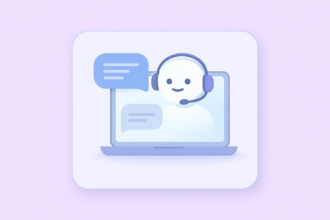
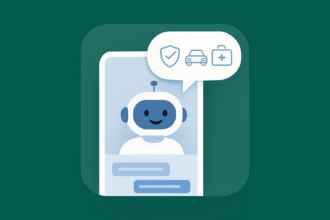

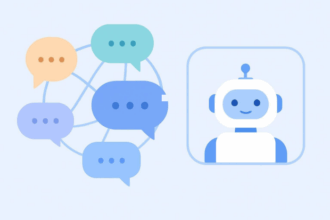
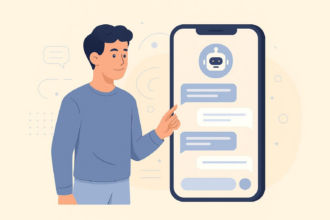




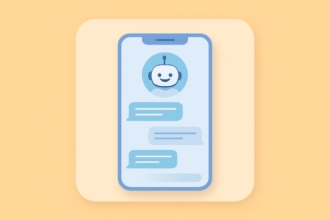
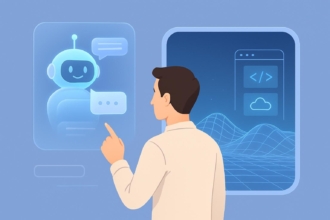
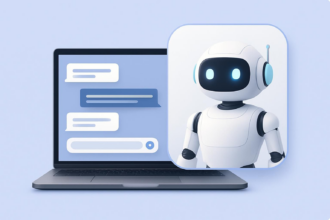

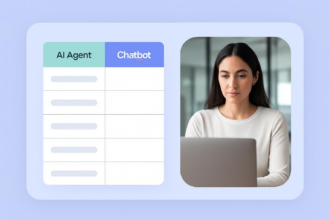
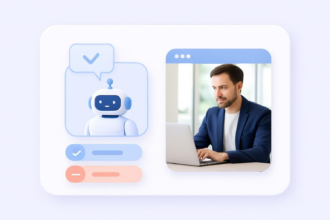
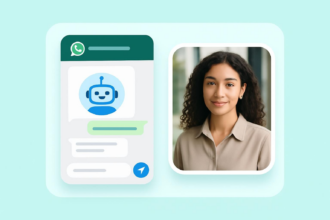
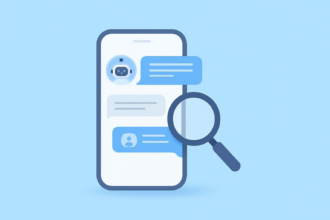
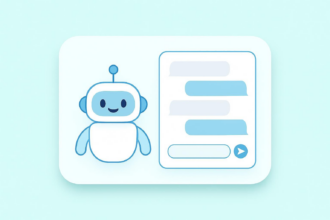
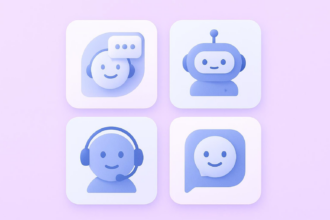

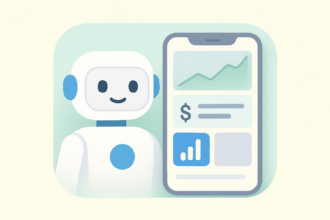









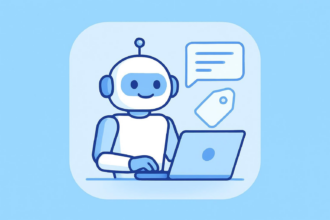

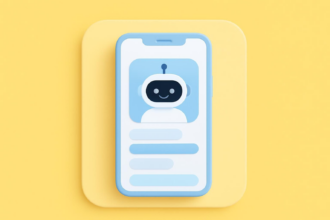
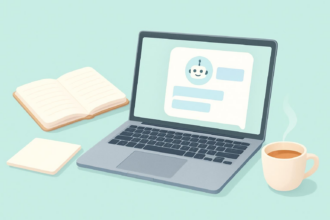
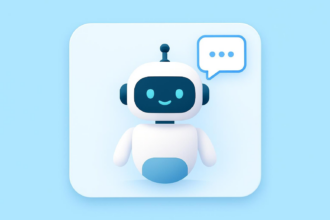

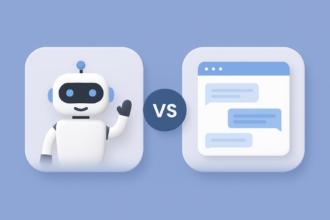


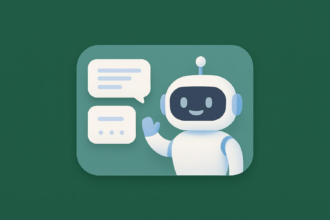
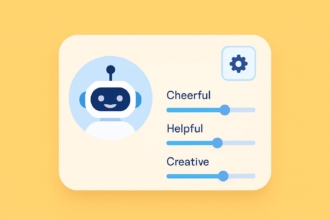



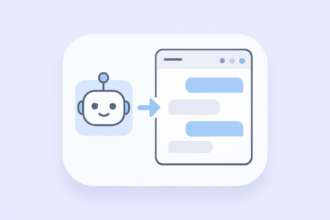
Send Comment: